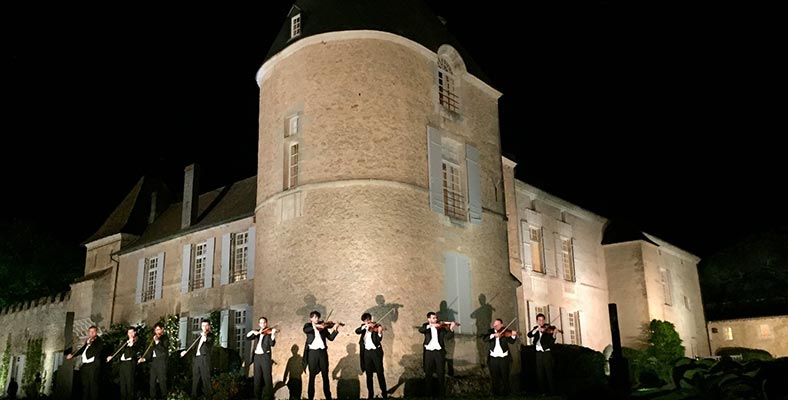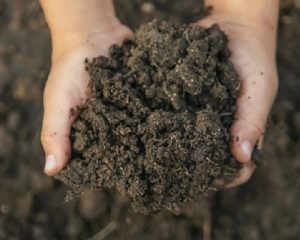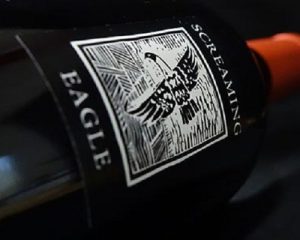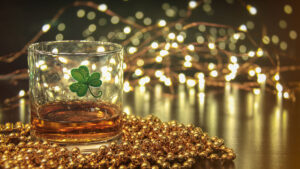
This wine is what sweet, boozy dreams are made of. Luminous in the glass, exuding delectable aromas, and a divine experience for the taste buds, Yquem takes you away in the gorgeous swell of its heady tones. If you’re lucky enough to taste it, you only have to look around you to see its effect, eyes closing and jaws dropping, the moment demanding to be savoured. So how did the estate achieve this blissful reputation, spending over 150 years quite literally in a league of its own?
Age-old experience
Over the Middle Ages and coming into the modern age, Yquem’s wines were not, as was the case elsewhere in Sauternes, dessert cuvées, but simply sweet-style wines. At the time, the typical feature of this area’s viticulture was to harvest as late as possible, without any other stipulations. For a while, the château belonged to the English crown, before quickly being taken back by Charles VII. As the 18th century rumbled on, vintners in Sauternes were inspired by methods used primarily in Hungarian vineyards, and they began picking grapes affected by botrytis, or noble rot. A development that turned out to be decisive in the direction and great success of the estate.
Yquem’s renown was progressively established from 1875 thanks to the drive of Françoise Joséphine Sauvage d’Yquem, the wife (then widow) of Louis-Amédée de Lur-Saluces, a colonel who died after falling from his horse. The eagle-eyed among you might have noticed that the name ‘Lur-Saluces’ is written on the label of every Yquem bottle, an homage by his descendants to the excellence their wine represents.
The estate’s crowning glory came in 1855, the year of Bordeaux’s most famous (and still highly respected) classification. Yquem was the only one to receive the most elite status in the selection, and the Tsar’s brother would go on to buy a 900-litre cask for 20,000 gold francs from 1859! Honestly, we don’t know how many iDealwine credit notes you’d get for that in today’s money, but according to the estate, this was four times the already-high price being asked at the time. Sticking with the family, we should also cite the important work of Bertrand de Lur-Saluces who avidly defended his domain and appellation, joining the lobby to create the Comité National des Appellations d’Origine; this association still protects the finest terroirs and culinary products to this day. Finally, the latest owner of the estate, Alexandre de Lur Saluces, has made Yquem a globally-loved star, with shares of the estate even being accorded to the LVMH group.
Incomparable terroir
Located in Sauternes, on a gravel-rich terroir with relatively large pebbles, the soil in which Yquem grows its vines has clay, sand, and limestone diffused throughout. This diversity, all whilst remaining high in quality, means the estate has a veritable palette of terroirs to choose from when blending grapes to craft their uniquely complex wine. There are various water sources on the land here, and this has led to the necessary and impressive construction of drainage systems; these cover over 100 kilometres.
Now owned by the Bernard Arnault group, under the management of Pierre Luton, the estate covers 133 hectares, 113 of which are planted with vines. Not all of these are used for their grapes yet, though, as the younger plants don’t necessarily produce grapes that fit the estate’s high standards. 80% of the vines are for Sémillon grapes, and the rest are Sauvignon, with an average age of 35 years overall.
The conditions in this area are perfect for allowing the botrytis cinerea fungus to develop, a kind of noble rot that grows on the grapes and lightly perforates the skin. The water inside the grapes then escapes, increasing the concentration of sugar and aromas. This fungus is a capricious one, and it prefers cool, foggy mornings followed by warm, sunny afternoons. Such an unlikely combination of elements is possible here thanks to the Ciron, a serpentine stream not far away that provides adequate humidity, and a frequent wind that causes the fog to disperse. The sun then confers to the grape the character that we later find in the glass. Yquem stands out on this front, with a botrytis that is rarely matched elsewhere.
Harvesting at this prestigious estate involves inspecting each and every grape to ensure a good level of noble rot, meaning five to six trips through the vineyard over as many weeks. In numbers, the objective is to obtain a must of 20% potential alcohol, the equivalent of 320 grams of sugar per litre of wine after vinification. Even for a Sauternes, then, this nectar is incredibly concentrated. With most producers of dessert wine aiming for 17 or 18% alcohol, this two-degree difference reduces Yquem’s yield by 50% to 9hL/ha. This level of scrutiny and precision no doubt goes some way to explaining the quality of what the estate produces. Of course, some of this potential alcohol turns into real alcohol, hence why this wine has a percentage of 12.5-14.5% depending on the vintage, with between 120 and 250g of sugar per litre after vinification. We should also note that the estate has been converting to organics since 2019, a move that is anything but banal in the Sauternes region.
You can’t rush Yquem
In the winery, the grapes are pressed three to four times (for a dessert wine, multiple pressings increase quality, since the juice becomes more and more concentrated in sugar). Fermentation then takes place in casks, new ones for every harvest. In the spring, a first pre-blend is proposed, with the lower quality barrels cast off. What follows is a maturation lasting 20 months, during which the casks are topped up twice a week to avoid oxidation, and stirred around fifteen times to get rid of any deposits. The final blend is then crafted to make the fine wine.
Luxury produce is demanding to make. The estate doesn’t sell its wine from any harvest where the quality is judged insufficient. This means that what’s in the bottle is the very best; you don’t need to worry about stumbling across a ‘bad vintage’. The most recent to fall short of expectations was the 2012. Before this, vintages deemed too poor were 1910, 1915, 1930, 1951, 1952, 1964, 1972, 1974, and 1992. On the other hand, some of the finest vintages ever seen from Château d’Yquem include 2001, 1997, 1990, 1988, 1986, 1983, 1967, 1947, and 1937. Believe it or not, we can go back even further than this, since Yquem’s dessert wine can age pretty much infinitely…the 1921, 1904, 1893, 1870, 1865, 1947, and 1825 vintages have all been noted as bottles for the wine history books.
In any case, a drop of Yquem put in front of you is a moment to remember. Rich terroir, unique climate, highly demanding methods, age-old experience, and the outright refusal to be anything less than exceptional…from all of this, it’s no surprise that we’re talking about one of the world’s finest wines. Yquem is the star to follow.



